#apiaceae
Text

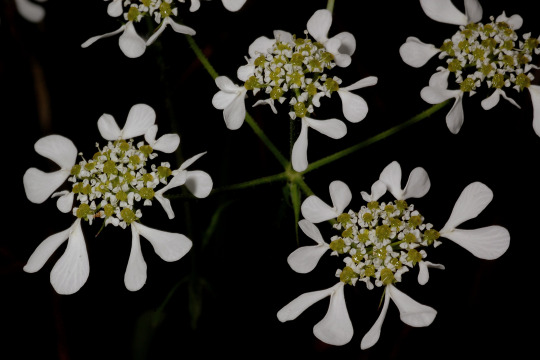

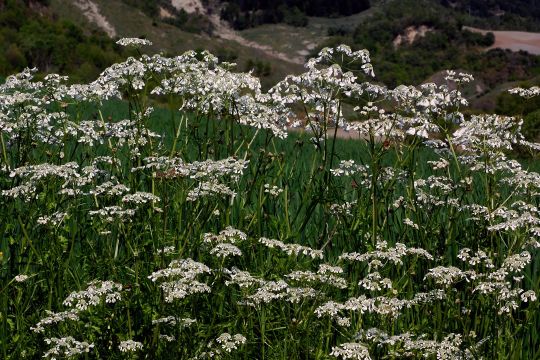

T – Tordylium apulum L. – Ombrellini pugliesi (Apiaceae)
36 notes
·
View notes
Text
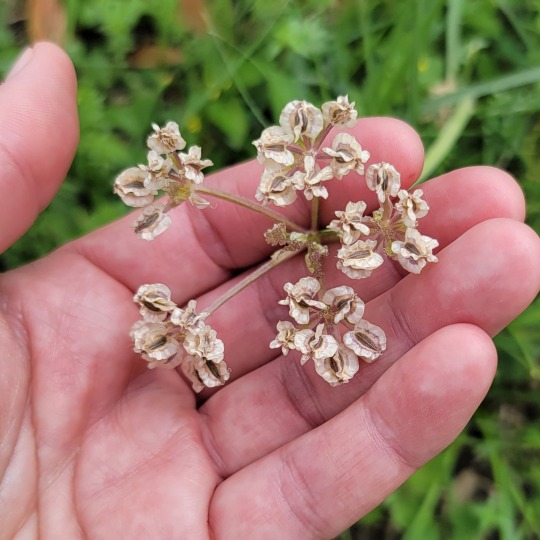



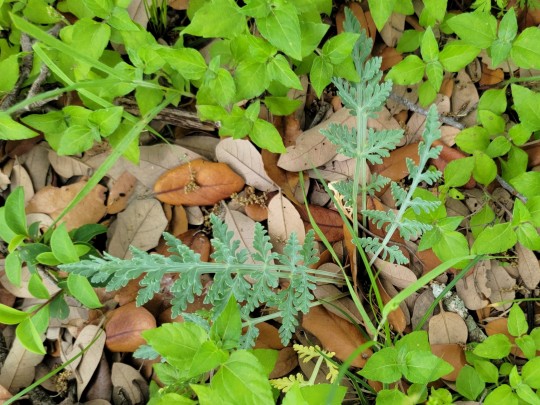
Bigroot springparsley (Vesper macrorhizus) is a very early blooming wildflower which I unfortunately didn't manage to catch in bloom this year. The seeds and leaves are still very lovely in their own right.
9 notes
·
View notes
Text



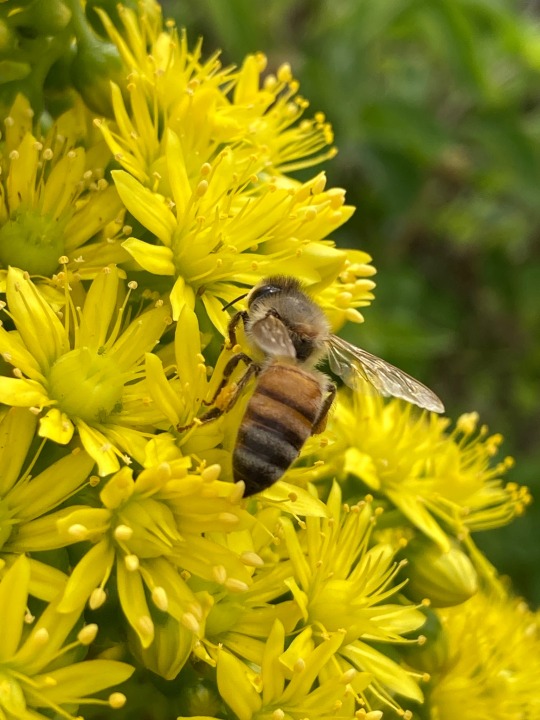

#bees#apiaceae#insects#pollen baskets#aeonium#tree houseleeks#flowering succulents#close up nature#van nuys
32 notes
·
View notes
Text
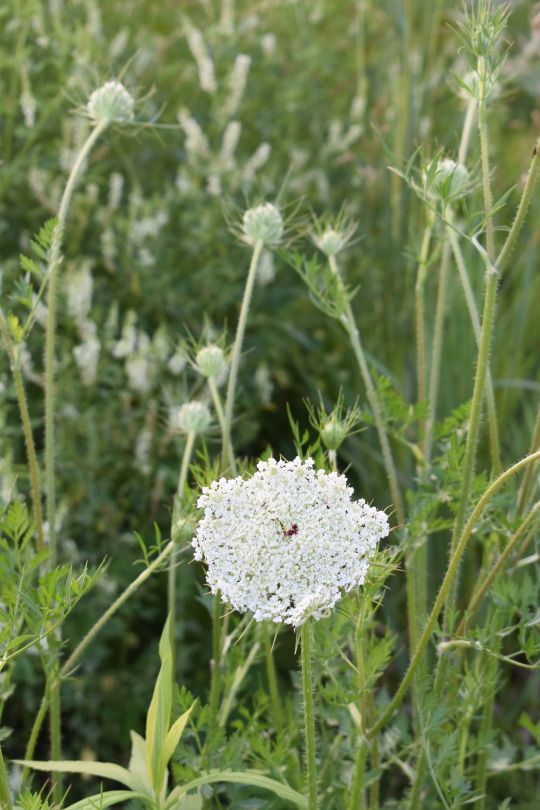
Wild Carrot
Daucus carota
Apiaceae
Photograph taken on July 3, 2023, at Marmora and Lake, Ontario, Canada.
#wildflowers of southern ontario#white#wildflowers#wildflower#Wild Carrot#Daucus carota#Daucus#Apiaceae#Marmora#Marmora and Lake#Ontario#Canada
11 notes
·
View notes
Text
#1930 - Daucus carota - Wild Carrot

Photo by @purrdence while she was in Aoteoroa, where the wild carrot has been naturalised since at least 1854.
AKA bird's nest, bishop's lace, Bee's Nest-Plant, Devil's Plague and in North America, Queen Anne's Lace.
The direct ancestor of the cultivated carrot, which is regarded as a subspecies. The Binomial comes from the Greek for carrot, and the Latin via other Greek for carrot. The English name comes from the French ‘carotte’, which, surprise surprise, means carrot. It’s possible they all trace back to the Proto-Indo-European ‘ker’ for horn, referring to the large taproot. Daucus carota subsp. sativus translates as “the cultivated carrot carrot”.
The arms of the umbel curl up into a cage after the flowers are pollinated, and the seeds cling to fur and clothing. Curiously, there’s often a single dark pink flower at the center of the disk of white ones. It’s possible this attracts small pollinators (like the Zorion longicorn here) by pretending to be one.
The wild plant can cause contact dermatitis, and some of its very similar-looking relatives like Hemlock are deadly. The domesticated varieties were originally white-rooted and used as a medicinal plant, an aphrodisiac and to prevent poisoning. On the other hand they may have been using parsnips, since they weren’t entirely distinguished in ancient times. A purple-rooted variety existed perhaps as early as the 700s in Afghanistan and was introduced in Europe by Arabs circa 1100. It was cultivated into the modern orange root in the 17th and 18th centuries in the Netherlands. There are frequent claims that the selective breeding was in honour of William of Orange, but by that time there were already orange carrots, which simply did better in the climate of the Netherlands.
Another myth revolves around carrots and eyesight - they’re certainly a good source of Vitamin A or retinol, via carotene pigments (guess where the name comes from) and hence rhodopsin, the retinal pigment, but it was propaganda during the Second World War that claimed it was carrots that gave English pilots such good night vision. They were really concealing the invention of Airborne Interception Radar. It’s not clear whether the Germans actually fell for it, but they did start feeding their own pilots more carrots, and the British also promoted carrots as useful during blackouts in the Blitz.
19 notes
·
View notes
Photo




Forbidden Carrots: a June Apiaceae collection, 2022.
Cow parsnip (center of group, second photo)
Poison hemlock (third photo)
Wild parsnip (yellow, fourth photo)
128 notes
·
View notes
Text

Queen Anne’s Lace / wild carrot. Tasty!
#carrot#queen Anne’s lace#foraging#edible plants#wild edibles#wild edible plants#apiaceae#nature#hike#plants#adventurecore#dirtcore#gfdelmar og
6 notes
·
View notes
Text

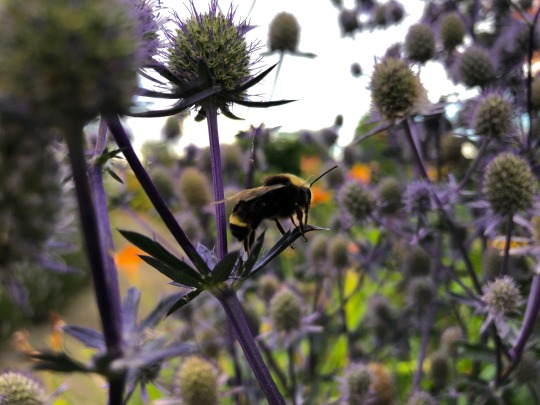

#eryngium#sea holly#apiaceae#bee#bees#flowers#plants#plantblr#garden#gardens of tumblr#july#photography
4 notes
·
View notes
Photo

Scientific Name: Torilis arvensis
Common Name(s): Common hedge parsley, spreading hedgeparsley
Family: Apiaceae (carrot, umbellifers)
Life Cycle: Annual
Leaf Retention: N/A
Habit: Forb
USDA L48 Native Status: Introduced
Location: Plano, Texas
Season(s): Spring
#Torilis arvensis#common hedge parsley#spreading hedgeparsley#Apiaceae#annual#forb#introduced#Plano#Texas#spring#flower#white#parsley#umbellifer#Umbelliferae#plantblr
3 notes
·
View notes
Text
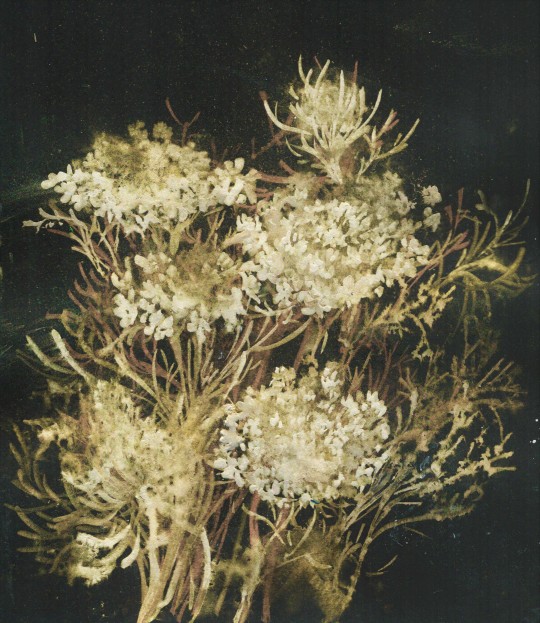
Aromatic
Watercolor on Black Paper
2022, 11"x 14"
Dill, Anethum graveolens
#art#painting#watercolor#nature#minimalism#floral#artists on tumblr#flowers#original art#plants#herbs#gold#dill#apiaceae#anethum#botany#herb garden#green witch#garden witch#witchy
16 notes
·
View notes
Text
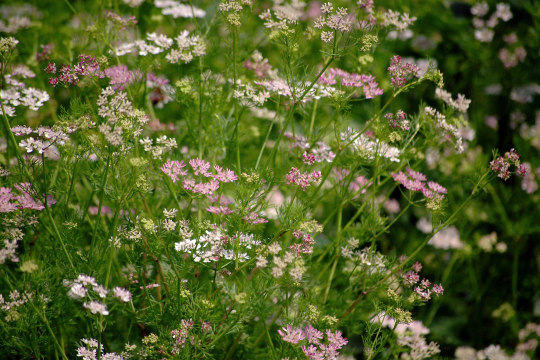
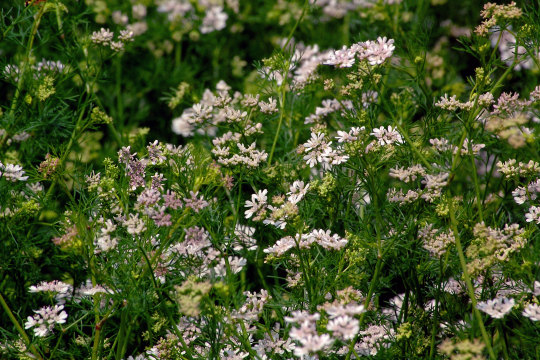
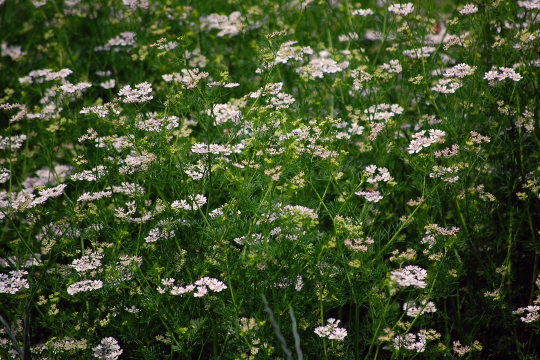


C – Coriandrum sativum L. – Coriandolo (Apiaceae)
#photographers on tumblr#digital image processing#original photographs#flowers#honey bees#Apiaceae#pollination
21 notes
·
View notes
Text
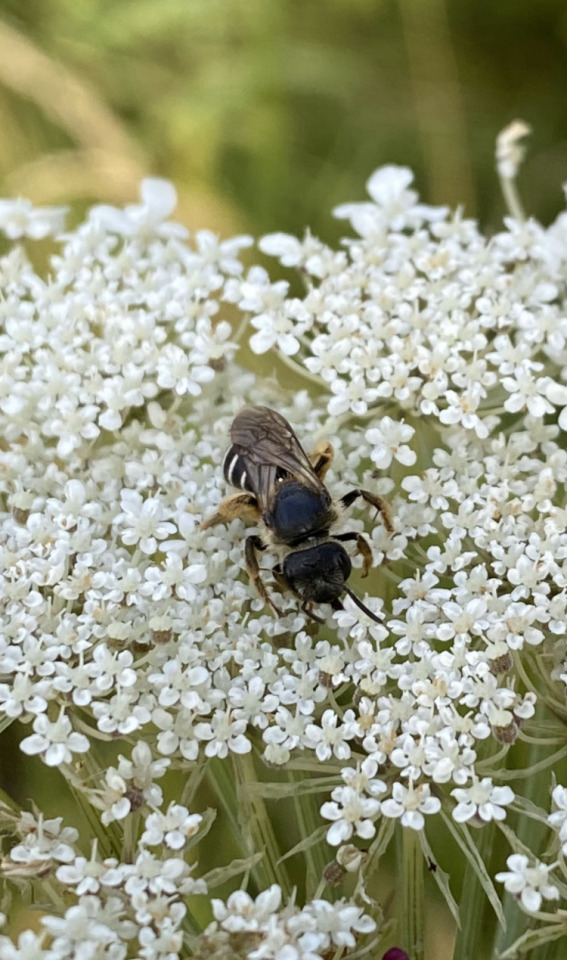


Orange Legged Furrow Bee
(Halictus rubicundus)
Lost in the Queen Anne’s Lace
#bees#insects#plants#nature#entomology#original photographers#Halictus rubicundus#orange legged furrow bee#halictidae#sweat bee#hymenoptera#eurasian species#introduced species#northern hemisphere distribution#eusocial species#daucus carota#carrot family#wild carrot#apiaceae#invasive plant species#eurasian plant species#my photos
15 notes
·
View notes
Text

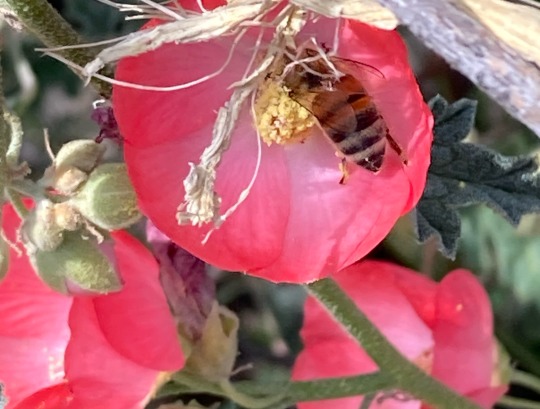
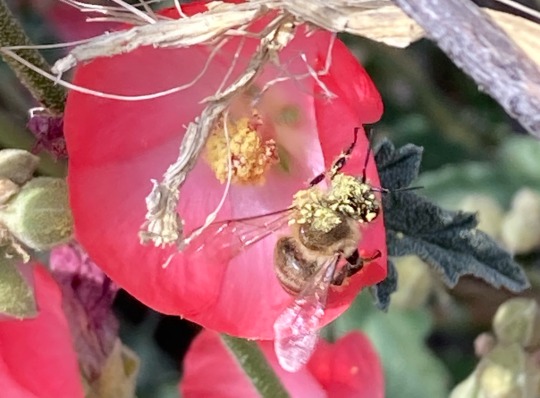
3 notes
·
View notes
Photo

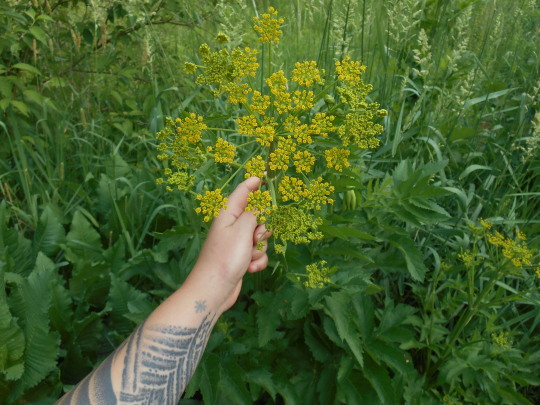

FORBIDDEN CARROTS at Millbrook Marsh: wild parsnip (yellow) and poison hemlock (white)
9 notes
·
View notes
Video
youtube
Hey guys in this video we learn how to harvest Wild Carrot or Daucus carota,one of many wild edibles that is easily harvested with the use of a trowel or shovel. Wild carrot is one of the many wild edibles that can be harvested through out the fall and early spring and are the ancestor to the modern day carrot. Being a biennial like our modern day carrots, the wild carrot, is best harvested for its root the first year as they are the most tender. But keep an eye out for the woody core of the taproot, because while edible, it's very tough and wood like in texture! Daucus carota has a couple look a likes, being yarrow and poison hemlock, both of which lack the carrot like odor and aroma of the wild carrot. To remove the woody core of the inside of the root, just simply split the root in half lengthwise and then pull out the wood like center, it will pull out like a thread. You an use the wild carrot in any other dish you would a carrot, however it's best to cook them up for a few minutes before using as they can be somewhat tough and rubbery.
5 notes
·
View notes
Photo

Daucus carota (wild carrot) growing wild in the Greek islands! Read more below about the plant. Learn more about our online courses on herbal medicine & aromatherapy in jointheflow.net Discover my books on bodywork and more: amzn.to/3xhaNey Like the cultivated carrot, the D. carota root is edible while young, but it quickly becomes too woody to consume. The flowers are sometimes battered and fried. The leaves and seeds are also edible. An essential oil can be produced from the seed. D. carota bears a close resemblance to poison hemlock, and the leaves of the wild carrot may cause phytophotodermatitis, so caution should also be used when handling the plant. The seeds and flowers have been used as a method of contraception and an abortifacient for centuries. If used as a dyestuff, the flowers give a creamy, off-white color. D. carota, when freshly cut, will draw or change color depending on the color of the water in which it is held. This effect is only visible on the "head" or flower of the plant. Carnations also exhibit this effect. This occurrence is a popular science demonstration in grade school. Photo taken by me, all rights reserved. #ethnobotany #daucuscarota #apiaceae #wildcarrot #queenannslace #aromatherapyrocks #essentialoilswork #planthealing #phytochemistry #plantchemistry #herbcrafting #herbalcrafting #healingherbs #apothecary #healingherbs #medicinalplants #greekherbs #myherbalstudies #herbalistsofinstagram #botany #botanicalmedicine #wildfood #wildfoodlove #foraging #survivalskills #primitiveskills #herbaleducation #eatweeds Text credit: Wikipedia (at Greece) https://www.instagram.com/p/CgheRe1oD_t/?igshid=NGJjMDIxMWI=
#ethnobotany#daucuscarota#apiaceae#wildcarrot#queenannslace#aromatherapyrocks#essentialoilswork#planthealing#phytochemistry#plantchemistry#herbcrafting#herbalcrafting#healingherbs#apothecary#medicinalplants#greekherbs#myherbalstudies#herbalistsofinstagram#botany#botanicalmedicine#wildfood#wildfoodlove#foraging#survivalskills#primitiveskills#herbaleducation#eatweeds
3 notes
·
View notes